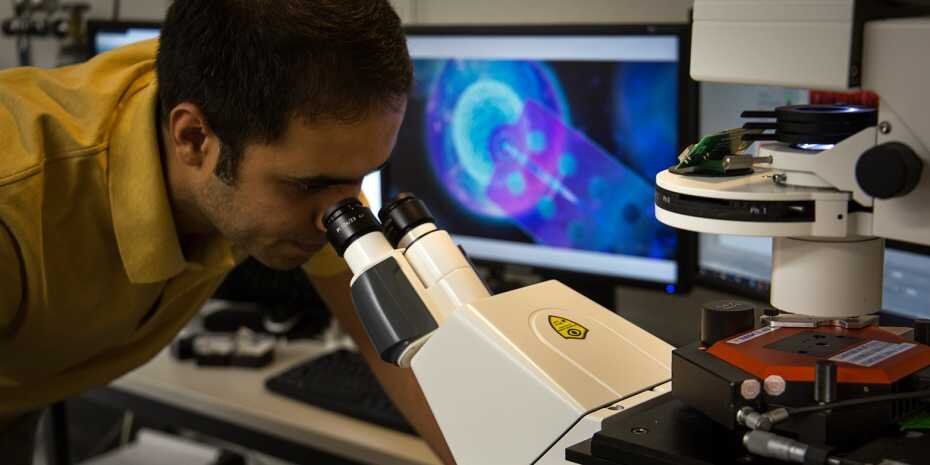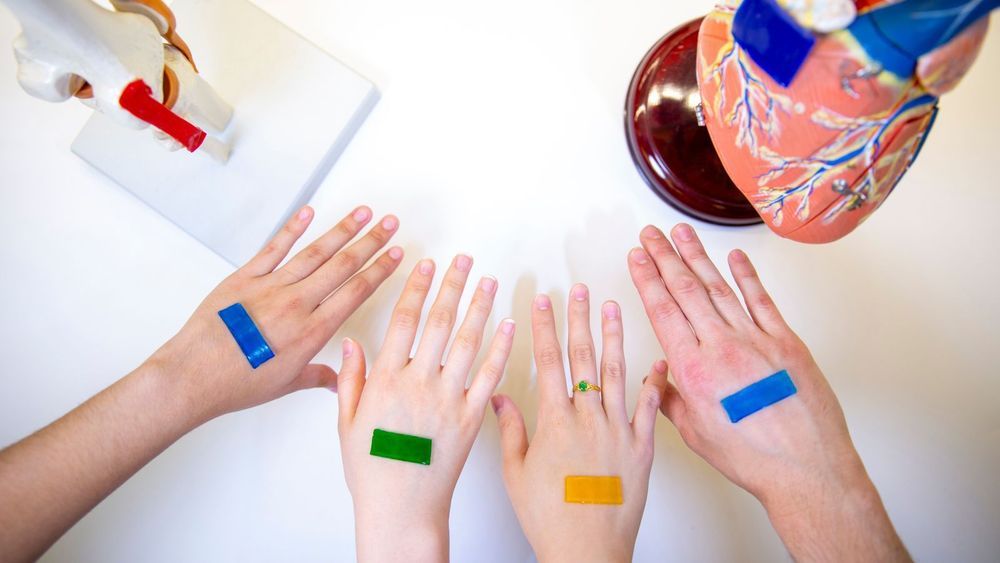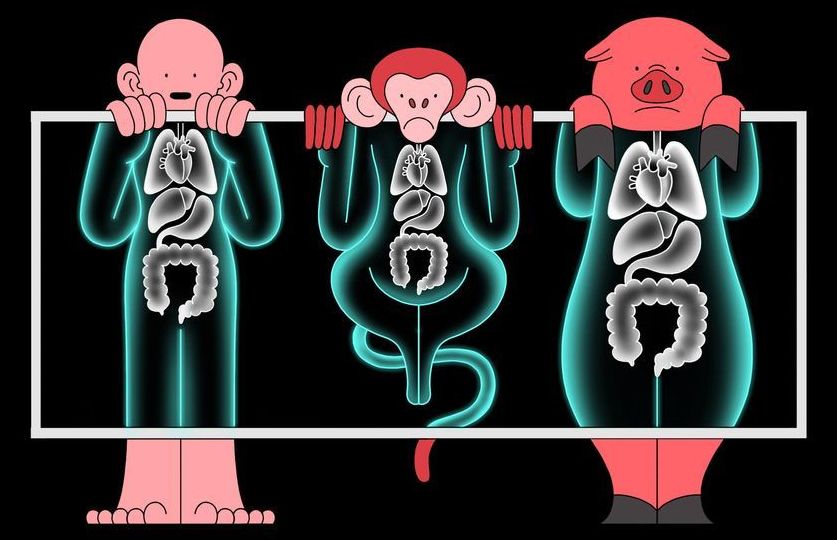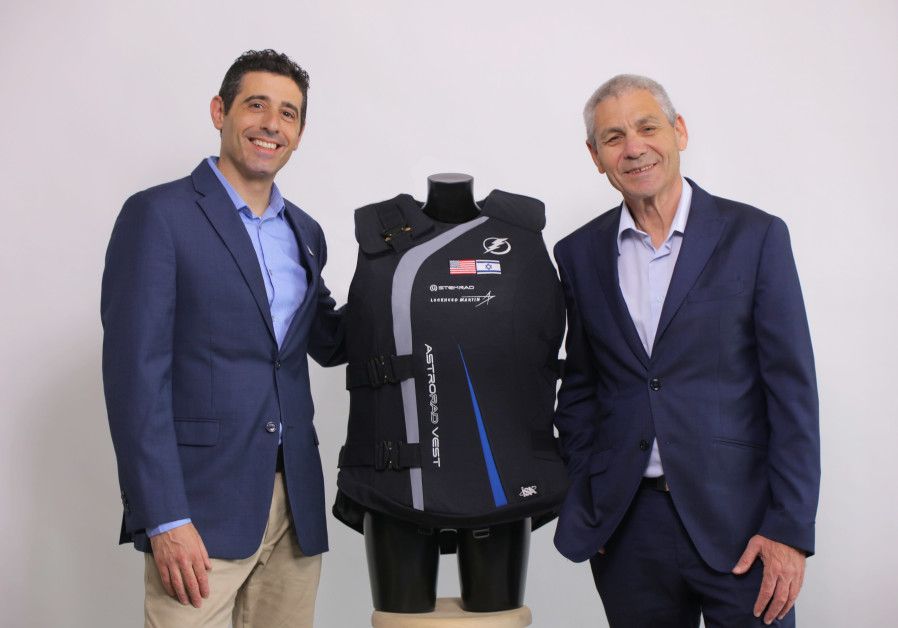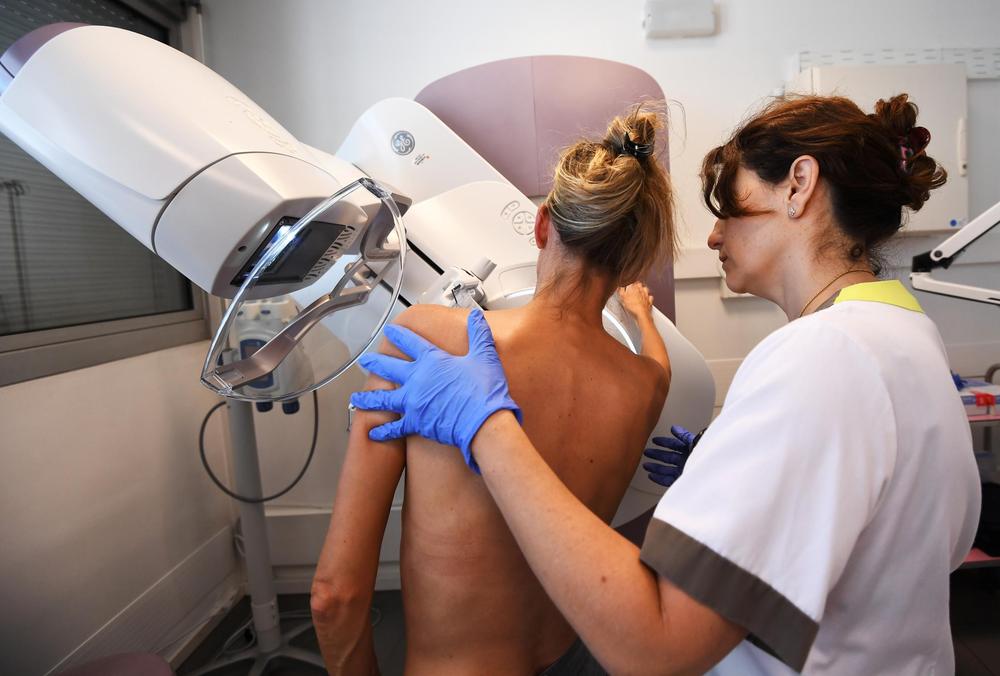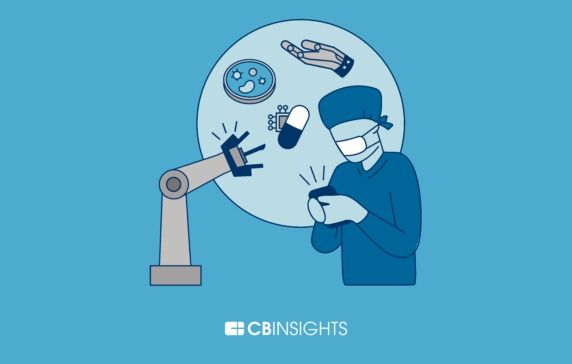Central London’s freshwater sources contain high levels of antibiotic resistant genes, with the River Thames having the highest amount, according to research by UCL.
The Regent’s Canal, Regent’s Park Pond and the Serpentine all contained the genes but at lower levels than the Thames, which contained genes providing resistance for bacteria to common antibiotics such as penicillin, erythromycin and tetracycline.
The genes come from bacteria in human and animal waste. When antibiotics are taken by humans much of the drug is excreted into the sewer system and then into freshwater sources. The presence of antibiotics in these water sources provides an environment where microbes carrying the resistance genes can multiply quicker and share their resistance with other microbes.

